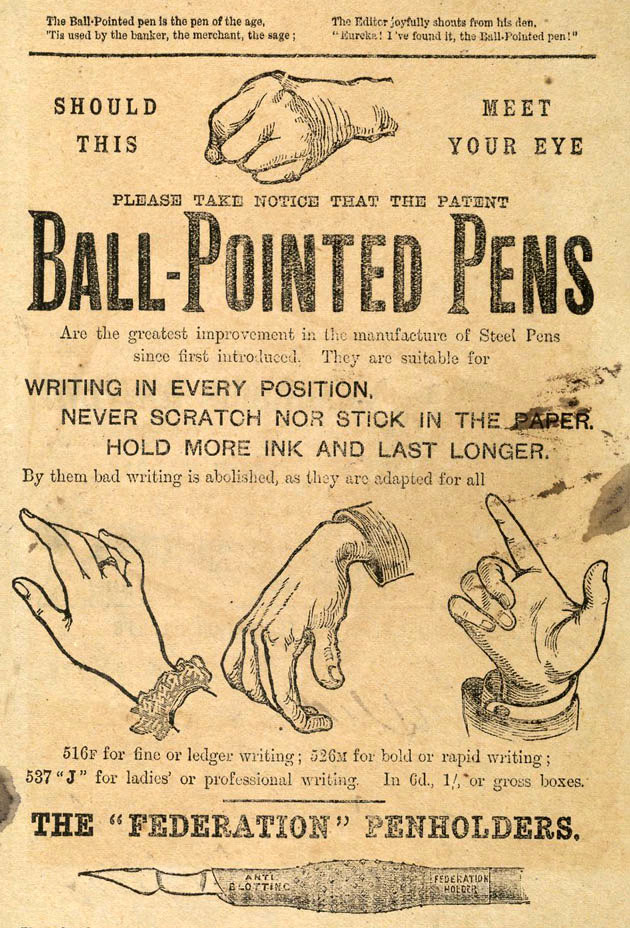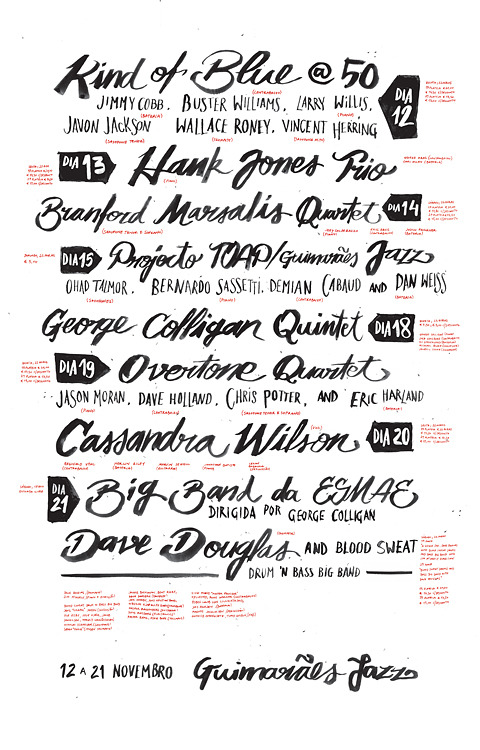What skills have you developed through this module and how effectively do you think you have applied them?
In this module I have developed my initial idea and development of ideas skills, usually I find I start too narrow and don't consider every option to find which would work best but, especially with the 50x initial ideas in the 'Proverbially Yours- Message & Interpretation' it helped to be made to generate more ideas before settling because I found that my initial idea wasn't as good/ relevant as some later ideas.
I have also developed some practical skills, mainly Illustrator but also, designing work effectively for print and also considering that different printers print differently. One of the main skills I have learnt from this module is that keeping it simple is a lot more effective. I designed my proverb posters without colour restriction and I was sceptical about how it would look with only 2 colours plus stock but when I did it I found that it looked a lot better than the original. I applied this idea to my mail shot as well, keeping it simple, bold and effective.
What approaches to methods of idea generation have you developed and how have they informed your design development process?
A new method of idea generation I experienced on this module was the direct questionnaire for the Alphabet soup- typeface brief which was helpful in learning how to design for a specific market. It has also been helpful to talk about ideas with other people before settling on one. I will definitely produce more ideas than I think is necessary before starting further development in the future.
What strengths can you identify in your work and how will you capitalise on these?
I think that my work looks relatively 'hand done' and playful and I try not to make it too geometric and 'graphic', however it will be worth experimenting with this style or combining the two styles while I'm in my first year before I settle on a certain aesthetic.
What weaknesses can you identify in your work and how will you address these in the future?
From the start of foundation to now I think that I have been producing too much work which is supposed to be fun and lighthearted without an important or engaging message, I think that there are a lot of designers and illustrators that do work like this so I want to make design that addresses a more serious message that is incorporated into the fun aesthetic. I still need to put more effort into making the final outcome look more professional in terms of printing, cutting and assembly. I also need to start briefs with a larger body of research and lots of ideas being generated so I know I am going down the best possible path.
Identify five things that you will do differently next time and what do you expect to gain from doing these?
- Develop more initial ideas at the start of a brief before developing one.
- Gather more research to inform my ideas at the start of a brief.
- Try to stick to Illustrator rather than photoshop because results are much cleaner and more professional.
- Put more consideration into the stock and type of paper I use for printing.
- Experiment more with the colours I use.
How would you grade yourself on the following areas:
5= excellent, 4= very good, 3= good, 2=average, 1= poor
Attendance: 5
Punctuality: 5
Motivation: 4
Commitment: 4
Quantity of work: 4
Quality of work: 3
Contribution to the group: 3





